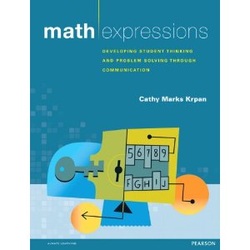 Math Inquiry is a classroom strategy that I've modelled several times for the teachers in our division. I've heard many different ways to use it with students, but here is how I use it in a Gr. 1-4 classroom. Photo credit: 123RF
For older students (Gr. 5-8) I spread out the process over a few days. Here is the variation:
Depending on the number of students, and the richness of the problem, Math Inquiry for older students may take from 2-4 days.  One of the best resources I have for Math Inquiry is Math Expressions: Developing Student Thinking and Problem Solving Through Communication by Cathy Marks Krpan.
0 Comments
Leave a Reply. |
Details
Lori EmilsonTravelling Curriculum Support Teacher Archives
April 2017
Categories
All
|
 RSS Feed
RSS Feed
